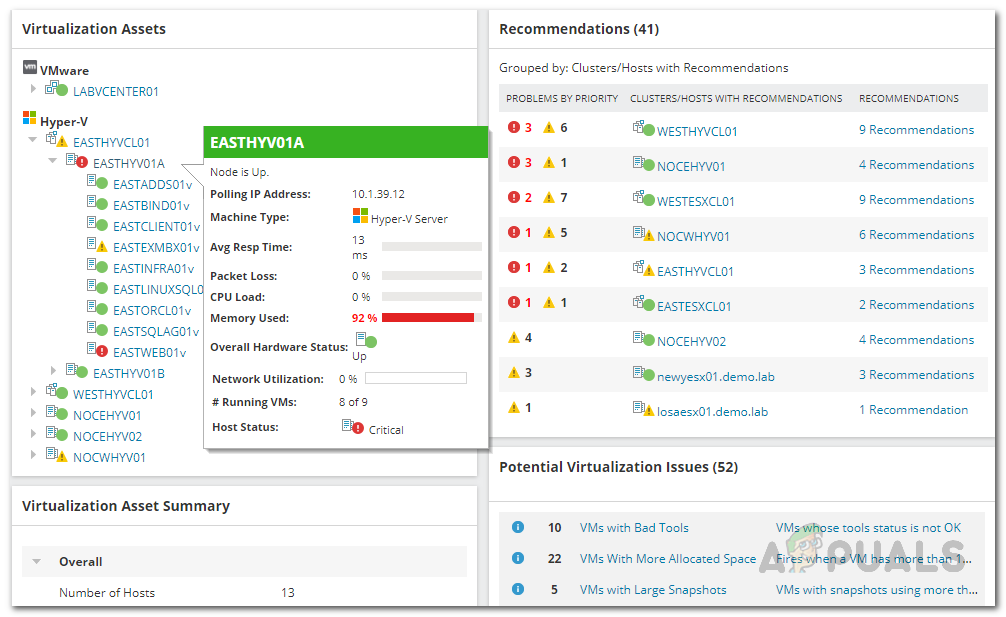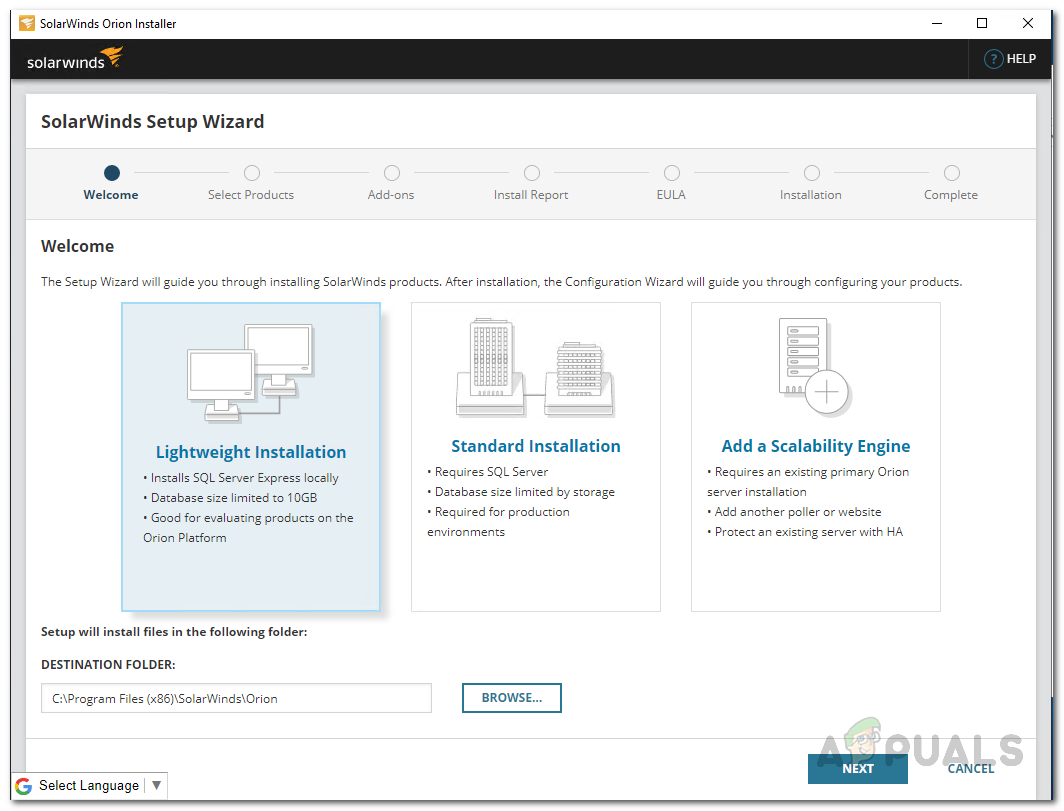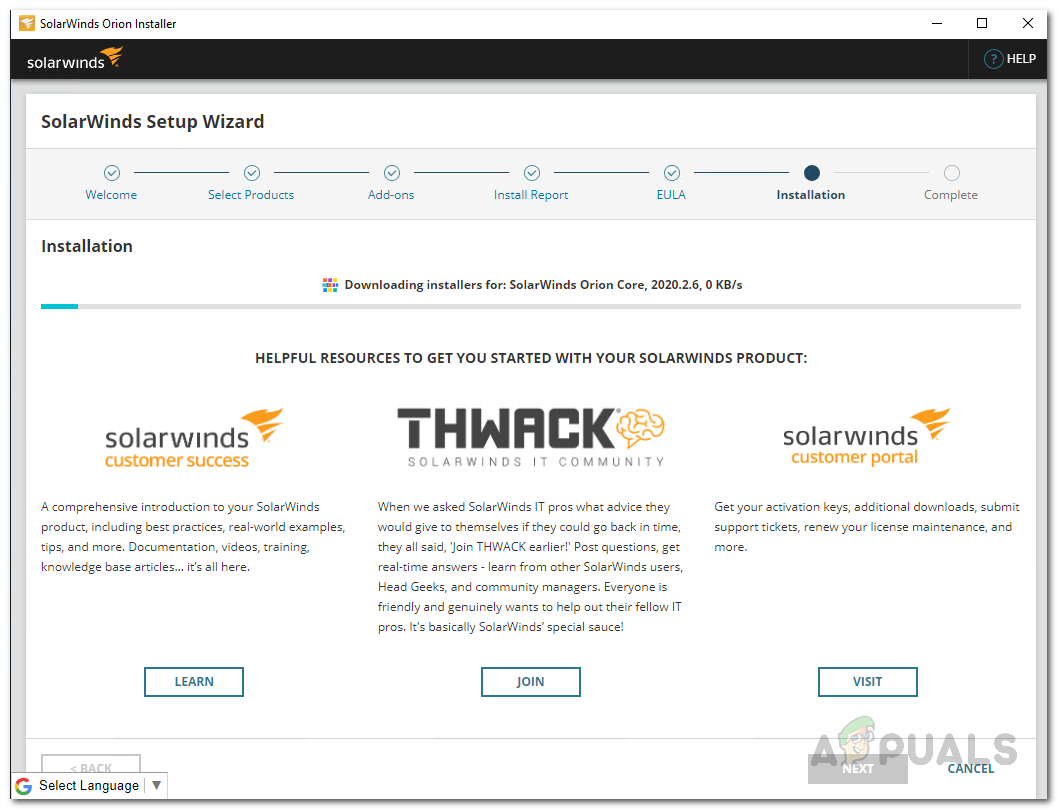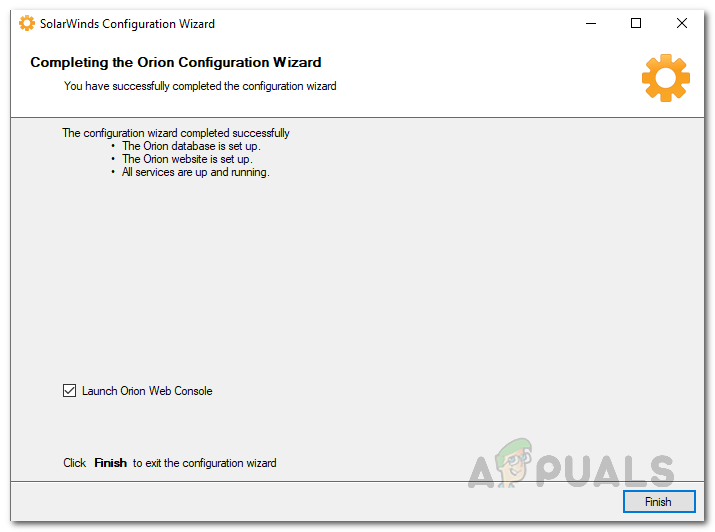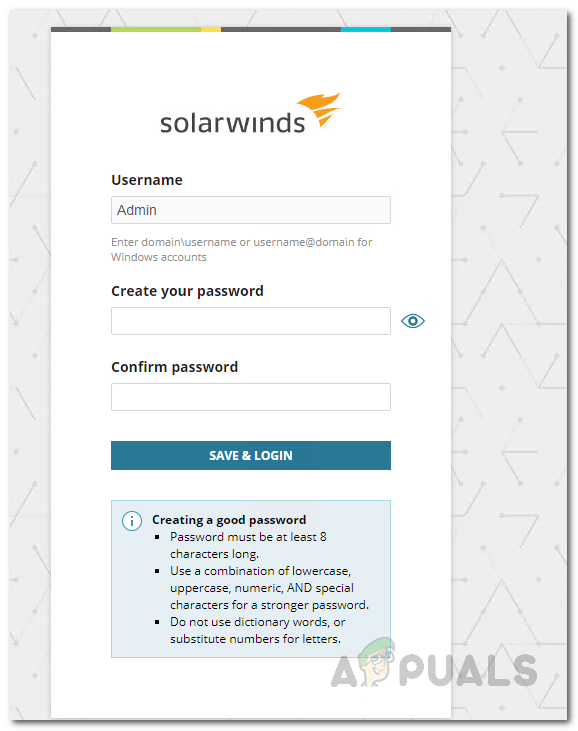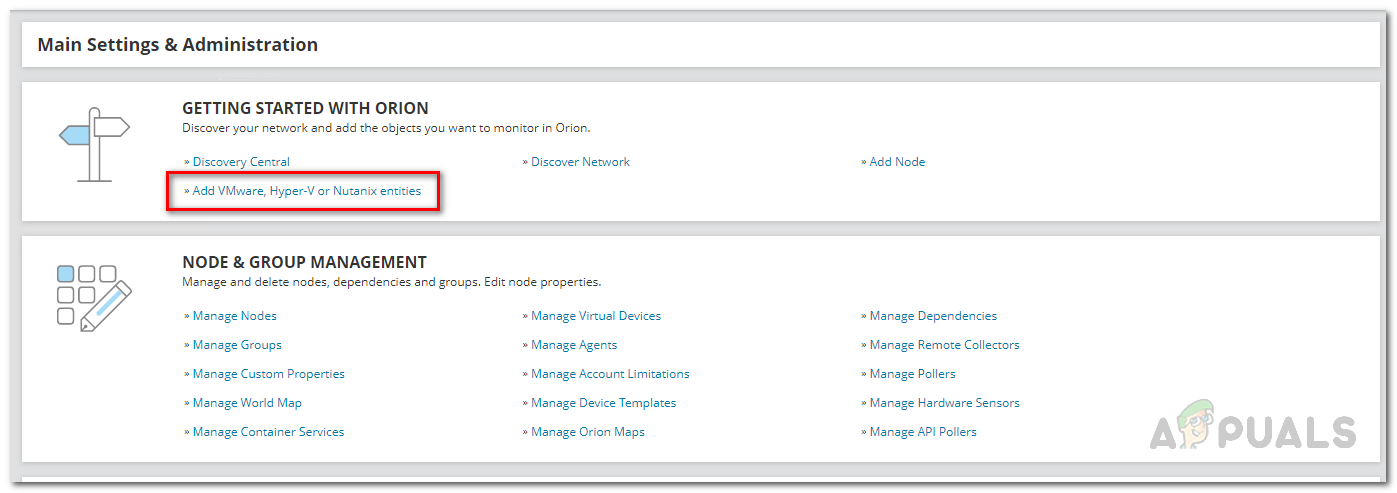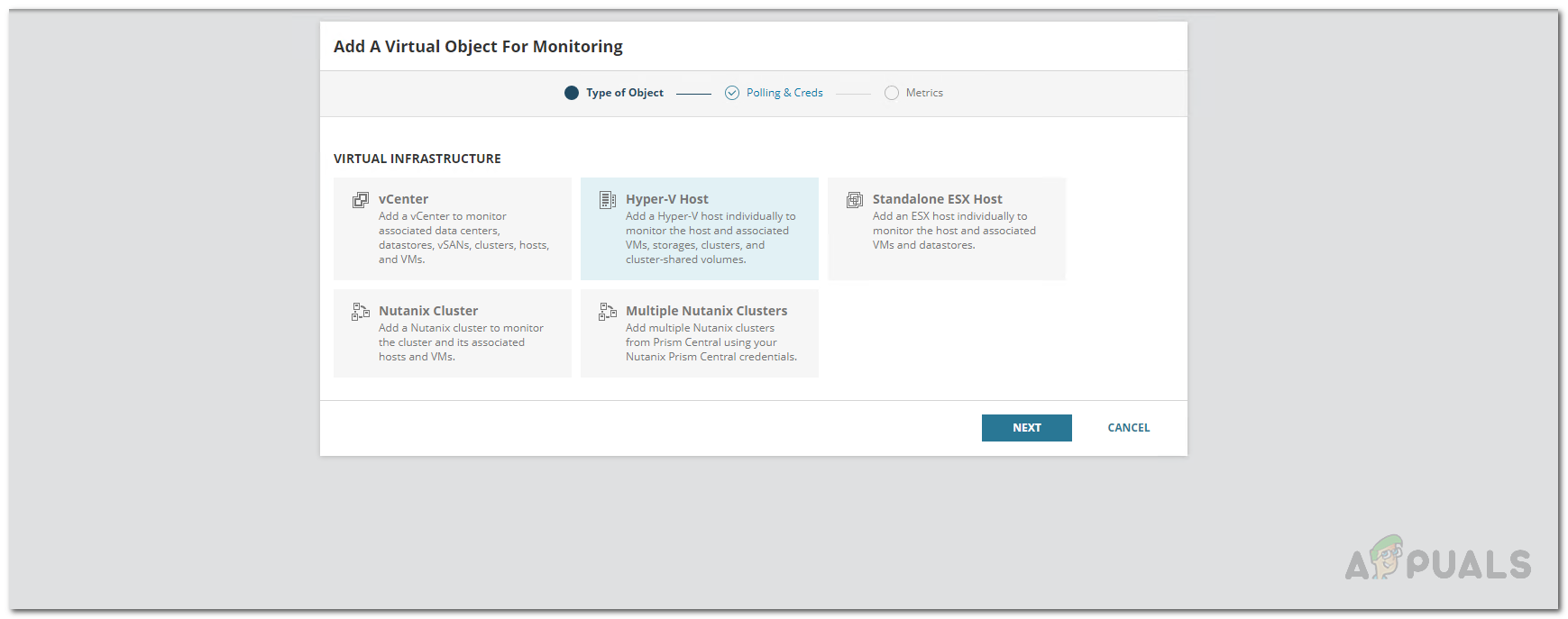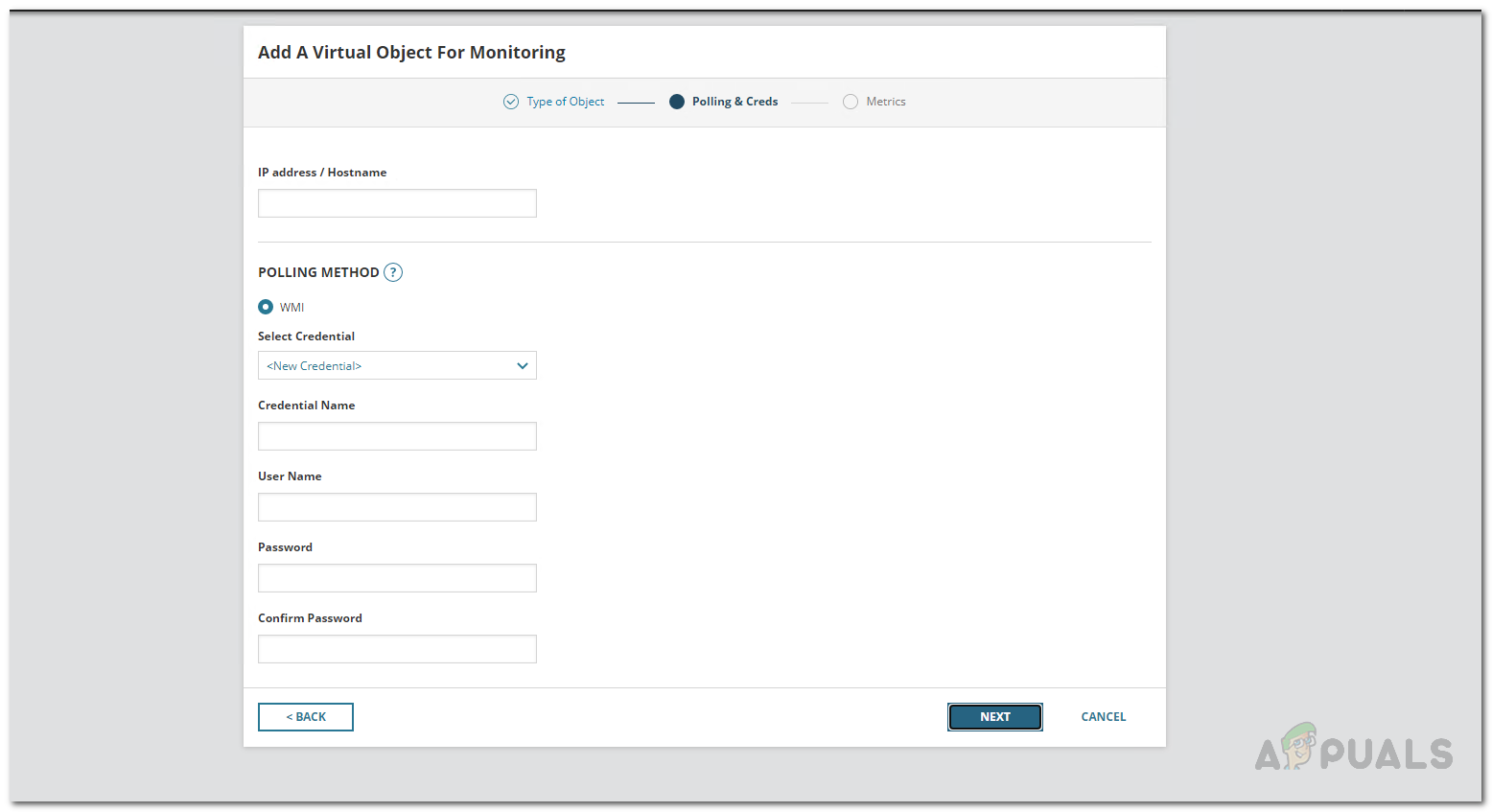While using virtual machines is a really convenient way of deploying your network, the main objective is to make sure that they are running optimally which directly reflects your network performance. This way, you will be able to monitor your network performance and be able to troubleshoot any issues that may arise. One of the very common issues that comes up in a network is the lack of resources due to poor management. When you are monitoring a network, you have a limited amount of resources that you need to manage carefully in order to avoid any hiccups that may present themselves. This applies to virtual machines that you have deployed to make sure that none of them eat away more resources than they should. This can be achieved pretty easily with the Virtualization Manager from SolarWinds which we are going to use in this article to show you how to keep track of your Hyper-V resources.
Installing Virtualization Manager
Virtualization Manager is another great product from the wide set of products that have been developed by Solarwinds which let you use IP scanner on your network and deploy tools to make the job of a system administrator easy. To be able to keep track of your Hyper-V resources, you will have to first install the VMAN or Virtualization Manager tool on your network. Therefore, open up this link and download the product via the options provided. You can choose to evaluate the product using the two week free trial that is provided by SolarWinds on all of their products so that you can make up your mind. Once you have downloaded the installer, follow the instructions down below to install the product:
Add Hyper-V to Orion Platform
Now that you have installed the Virtualization Manager on your system, you will be able to use the Orion web console to add your Hyper-V devices to the Orion Platform for monitoring purposes. Once you close the Configuration Wizard, the Orion web console should automatically open up in a web browser at “hostnameORIPaddress:8787” where 8787 is the default port. In case it doesn’t, just enter the above address in the browser to access the web console. Once the web console is up, follow the instructions given down below to add your Hyper-V devices to the Orion Platform:
Track Hyper-V Resources
We have now added the Hyper-V object to the Virtualization Manager tool. As soon as you finish adding the Hyper-V host to the Orion Platform, the Virtualization Manager starts monitoring it. You will have to give the Virtualization Manager some time initially so that it can collect enough data in order to display it for you. You can view the summary of the added devices by navigating to My Dashboards > Virtualization > Hyper-V. From there, you can keep track of the different sorts of resources that are being used by your devices.
Fix: Insufficient System Resources Exist to Complete the Requested ServiceFix: Not Enough USB Controller ResourcesApple Announces New Password Manager Resources: Standardising The Rules of…Fix: Overwatch Could Not Locate Resources (0xE00300E0)
